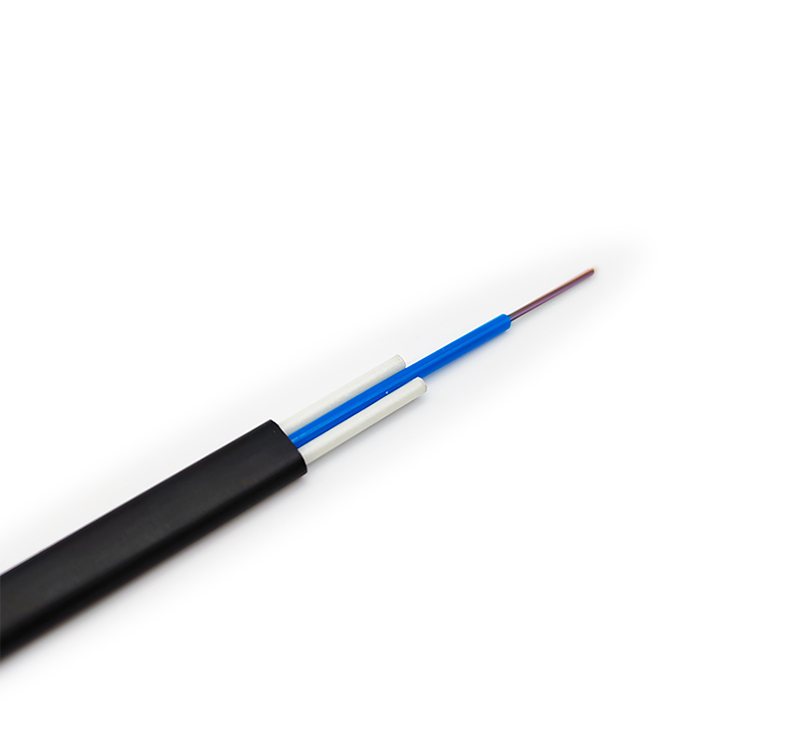On transmission lines, ready-made towers can be used to install communication lines. ADSS optical cables can provide fast and economical services in power systems due to its unique structure, good insulation, high temperature resistance and high tensile strength. The transmission channel is favored by the power communication. In recent years in China, there have been many accidents in which ADSS optical cables were blown due to electrical corrosion after a few years of use, which directly affected the normal operation of communication lines and even caused the lines to trip. At present, there are many reasons for electrical corrosion of ADSS optical cables, such as breakdown, electrical tracking, corrosion, etc. This paper analyzes the causes of electrical corrosion of ADSS optical cables, and proposes solutions, hoping to help prevent such accidents and solve existing problems.

1. The principle of electrocorrosion
The direct causes of electrical corrosion of ADSS optical cables are mainly dry-band arcs and corona discharges. Since the ADSS optical cable is in the vicinity of a high-voltage wire or an iron tower, the space electric field around the wire makes the ADSS optical cable at a space potential position. The ADSS optical cable is in a high electric field and dirty environment. A resistance layer is formed on the surface of the ADSS optical cable. Under the action of the space potential, a current (called ground leakage current) is generated between the surface of the ADSS optical cable and the grounding hardware. The water evaporates to a certain extent, and a small section of drying zone is formed on the surface of the ADSS optical cable, which blocks the current. As a result, an accumulation of potential occurs at both ends of the dry belt, and when the induced voltage is high enough to break through the air, a discharge occurs to form an arc, which is often referred to as a dry belt arc. The arc is discharged and the current is generated again. Repeatedly, the dry-band arc forms a dendritic carbonization channel on the ADSS cable jacket, that is, electrical traces, which can cause damage to the polymer. The heat generated by the dry-band arc can make the cross-linked polymer. The binding force is gradually lost, forming corrosion. If the heat of the arc is sufficient, the sheath will melt and burn into holes, a process known as galvanic corrosion or tracking [1]. The electrical corrosion first damages the cable sheath, and then corrodes the aramid yarn, and finally causes the cable to break.










